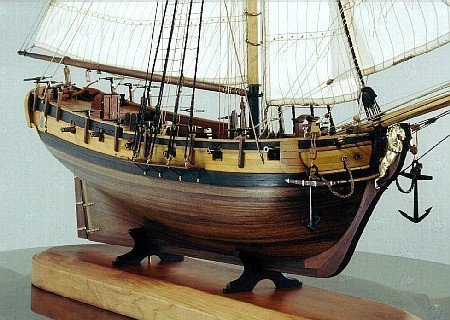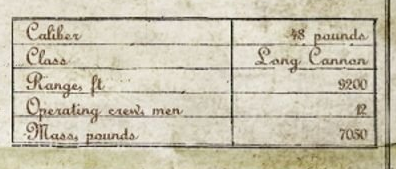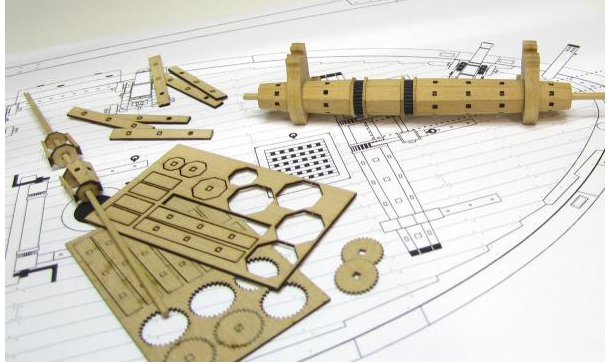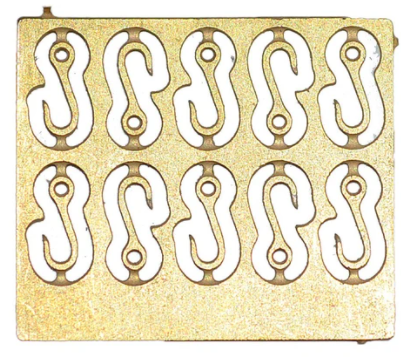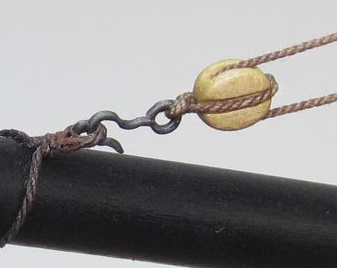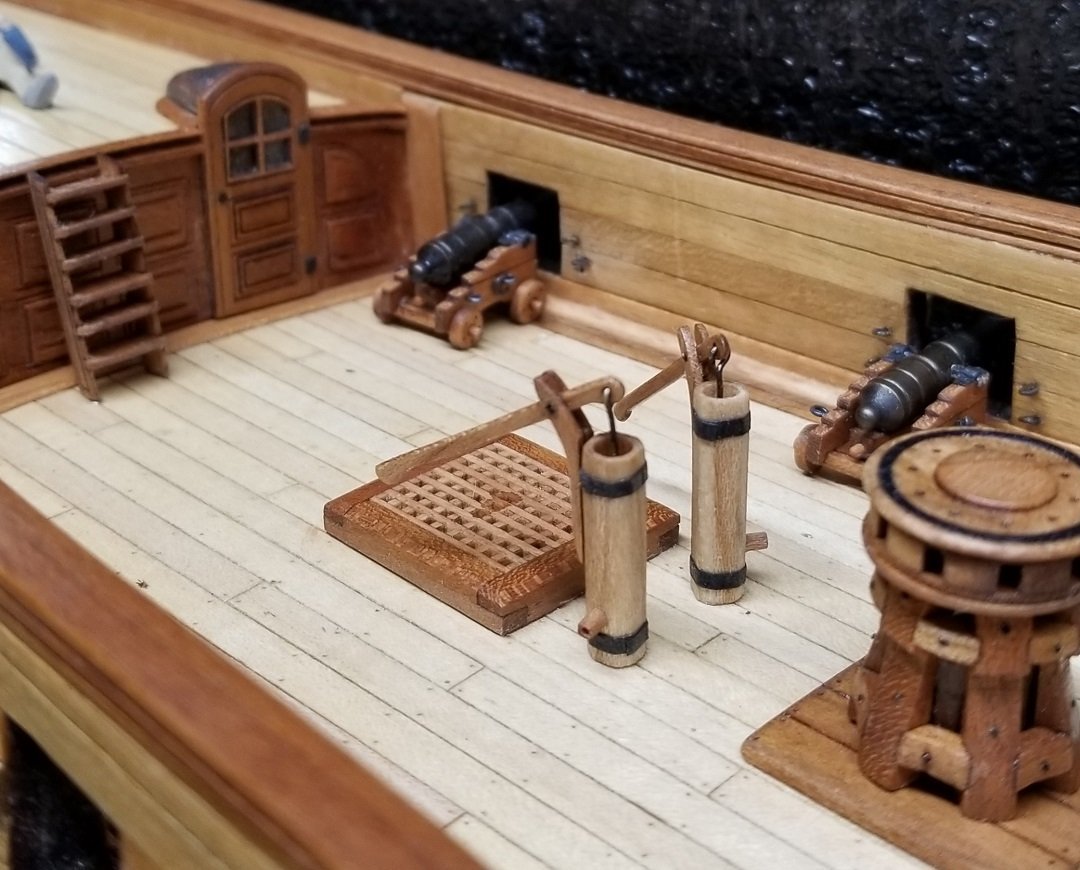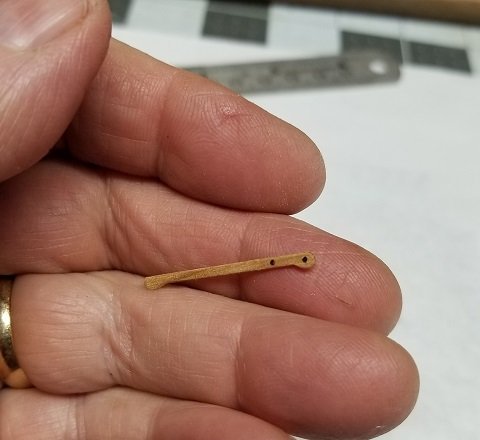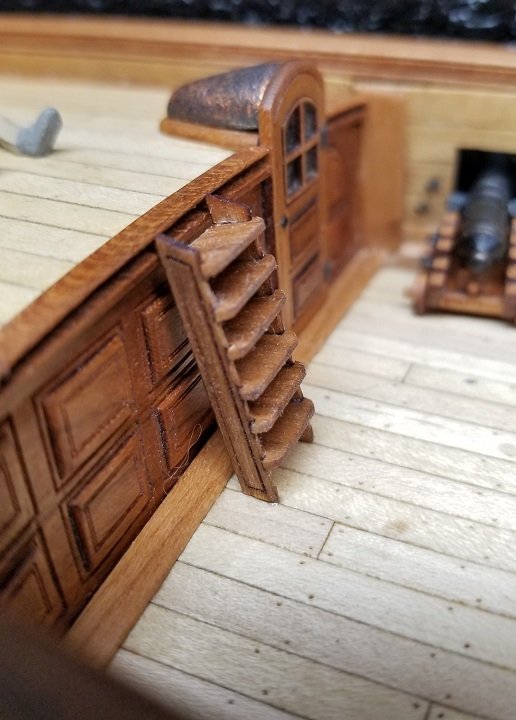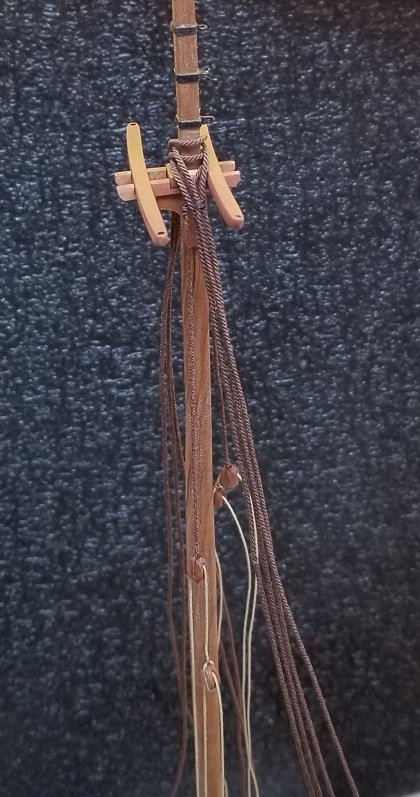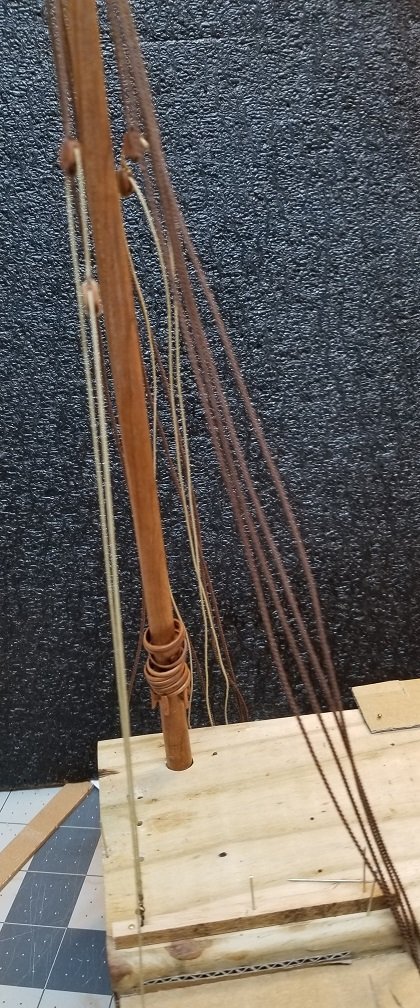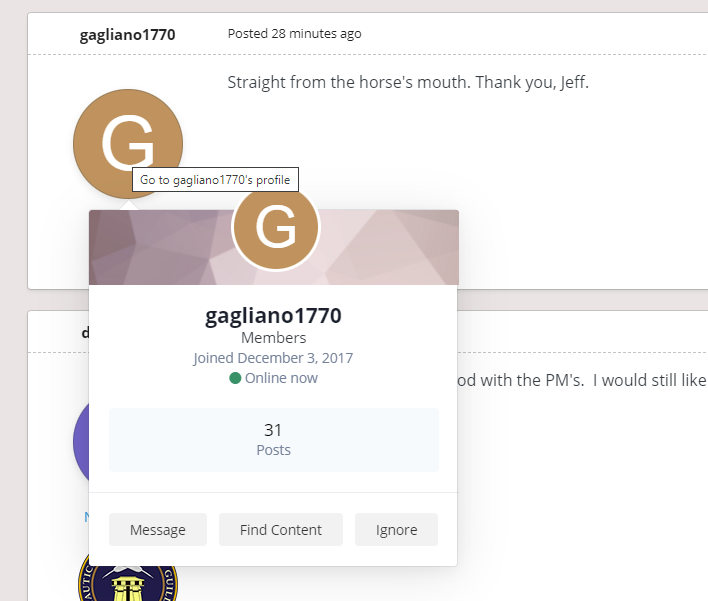-
Posts
3,168 -
Joined
-
Last visited
Content Type
Profiles
Forums
Gallery
Events
Everything posted by Gregory
-
I'm confident your paint work will not detract form the quality of your ship.. Besides, unless you were going to avoid paint altogether, leaving the hull unpainted while using paint for other major aspects of the model, such as the counter and bulwarks, the unpainted hull would look a bit incongruous IMO..
-
Which CNC Machine to get?
Gregory replied to KrisWood's topic in Modeling tools and Workshop Equipment
I don't think you are going to get close to a 24" table in that price range.. -
@ Thukydides In another post Allan said: Lavery in Arming and Fitting of English Ships of War, 1600-1815 says: " A gun tackle consisted of a rope fixed to a single block, passed through a double block, and through the double block again. He also says " In 1716 tackles were of 2 1/2in rope for guns of 24lb or more and 2in for smaller guns. The blocks were 8 or 6 1/2 in." Lavery is usually considered reliable, but he may have failed to elaborate..
-
48pdr cannon
Gregory replied to Thanasis's topic in Discussion for a Ship's Deck Furniture, Guns, boats and other Fittings
Project " Wind of Luck " appears to be associated with a gaming site about Pirates and such.. -
48pdr cannon
Gregory replied to Thanasis's topic in Discussion for a Ship's Deck Furniture, Guns, boats and other Fittings
Not much help towards your question but just an observation.. This looks like a modern addition, and not part of the original document.. I could be wrong. -
If it was me, I would make the end pieces separate, and add the ratchet piece in the middle.. You might also try the building style that Chuck made with his little windless kit, although the shape is somewhat different..
- 17 replies
-
- windlass
- Dutch model
-
(and 2 more)
Tagged with:
-
Where to buy blocks, hearts, line etc...
Gregory replied to bobc622's topic in Masting, rigging and sails
It would usually be the longest outside dimension .. Chuck could tell you for sure.. -
Where to buy blocks, hearts, line etc...
Gregory replied to bobc622's topic in Masting, rigging and sails
Chuck has some decent hearts also.. Scroll down to see options.. Laser Cut Ship Model Parts and Fittings -
Will this char be visible on the completed model? Otherwise, I have heard that brushing off the loose char is sufficient to get a good gluing surface. This has been my experience with wood, but have haven't worked with any lasered MDF at this point..
- 857 replies
-
- Sphinx
- Vanguard Models
-
(and 1 more)
Tagged with:
-
You might consider finishing it and keeping it as a memorial for Sam.. My condolences for your loss..
- 89 replies
-
- Enterprise
- first build
-
(and 2 more)
Tagged with:
-
You might find this discussion interesting. Typically, no double blocks on cannon smaller than 32's..
- 89 replies
-
- Enterprise
- first build
-
(and 2 more)
Tagged with:
-
The hook in my picture is made from scratch with wire. It was made by member Chuck in his Cheerful log.. These hooks from Crafty Sailor are pretty good and come in several sizes. Falkonet Hooks (20pcs)
-
An eye or a hook? Here is a block stropped with rope and a hook added. If you also meant an eye bolt, just picture the above arrangement with the hook missing and the shaft of the eyebolt being a bit longer..
-
Small update.. Fiddly stuff.. Some pumps I can live with.. Pretty simple.. Basic design from the Cheerful plans. Broke a few of these before I got two I could use.. Ladder going up to the quarterdeck. Plan on a few more details there, like a railing of some sort.. Working on some rigging off the ship.. Shrouds and Burton pendants with tackle.. Another view of my little off-the-ship rigging jig.
About us
Modelshipworld - Advancing Ship Modeling through Research
SSL Secured
Your security is important for us so this Website is SSL-Secured
NRG Mailing Address
Nautical Research Guild
237 South Lincoln Street
Westmont IL, 60559-1917
Model Ship World ® and the MSW logo are Registered Trademarks, and belong to the Nautical Research Guild (United States Patent and Trademark Office: No. 6,929,264 & No. 6,929,274, registered Dec. 20, 2022)
Helpful Links
About the NRG
If you enjoy building ship models that are historically accurate as well as beautiful, then The Nautical Research Guild (NRG) is just right for you.
The Guild is a non-profit educational organization whose mission is to “Advance Ship Modeling Through Research”. We provide support to our members in their efforts to raise the quality of their model ships.
The Nautical Research Guild has published our world-renowned quarterly magazine, The Nautical Research Journal, since 1955. The pages of the Journal are full of articles by accomplished ship modelers who show you how they create those exquisite details on their models, and by maritime historians who show you the correct details to build. The Journal is available in both print and digital editions. Go to the NRG web site (www.thenrg.org) to download a complimentary digital copy of the Journal. The NRG also publishes plan sets, books and compilations of back issues of the Journal and the former Ships in Scale and Model Ship Builder magazines.

